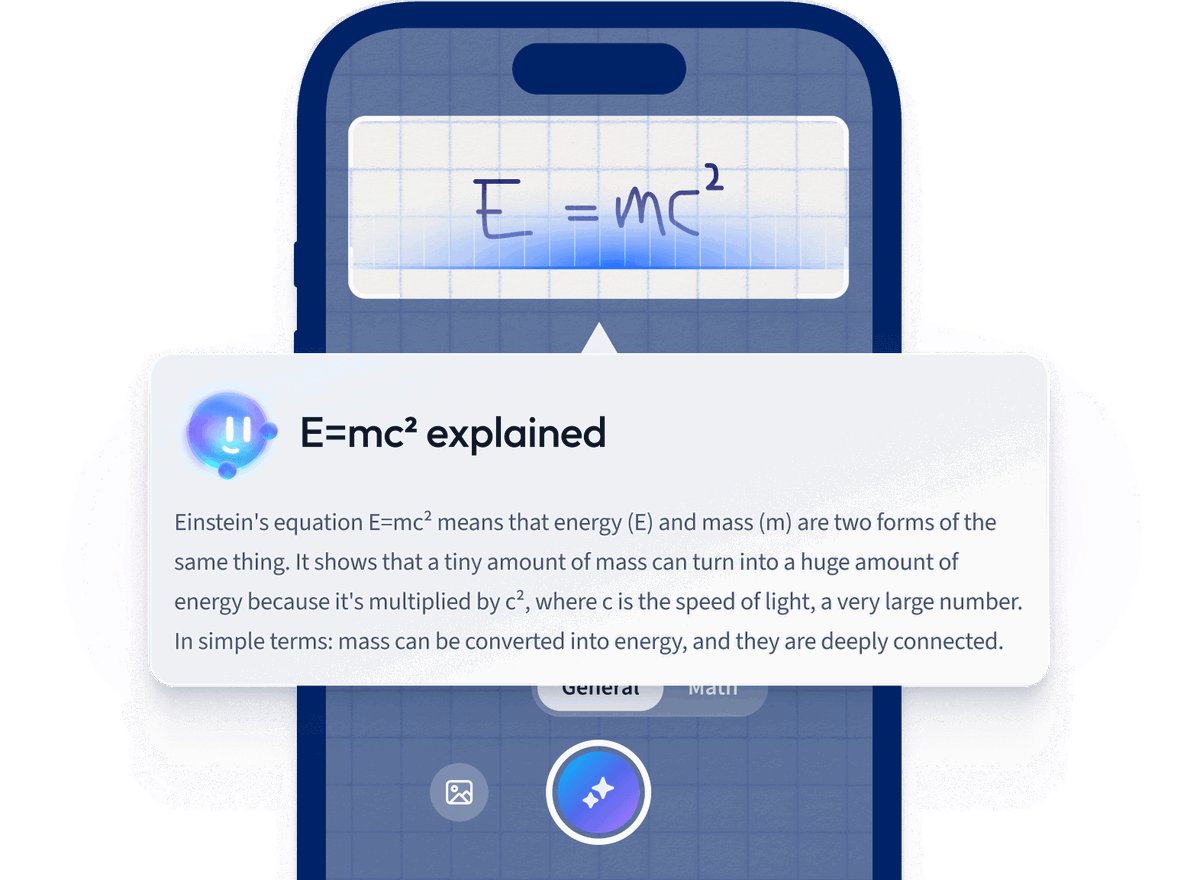What are the most common Italian adverbs of quantity, and how are they used in sentences?
The most common Italian adverbs of quantity are "molto" (a lot), "poco" (a little), "abbastanza" (enough), and "troppo" (too much). They are used to modify verbs, adjectives, or other adverbs, for example, "mangio molto" (I eat a lot), "sei poco gentile" (you are a little kind), "è abbastanza intelligente" (he/she is smart enough), and "parli troppo" (you talk too much).
How do the placement and use of Italian adverbs of quantity differ from English equivalents?
In Italian, adverbs of quantity usually precede the adjective, adverb, or verb they modify, contrasting with English where they often follow the verb. Furthermore, Italian requires matching the adverbs of quantity with the gender and number of the noun, a feature not present in English.
Can Italian adverbs of quantity change their form based on gender and number like adjectives?
No, Italian adverbs of quantity do not change their form based on gender and number like adjectives do. They remain the same regardless of the gender and number of the nouns they modify.
Do Italian adverbs of quantity require the use of the preposition 'di' when followed by a noun?
Yes, Italian adverbs of quantity often require the use of the preposition 'di' when followed by a noun, for example, 'molto di' (a lot of) or 'poco di' (a little of).
What are some examples of how to use Italian adverbs of quantity in negative sentences?
In Italian, when using adverbs of quantity in negative sentences, examples include: "Non ho mangiato molto" (I haven't eaten much), "Non parla mai" (He/She never speaks), and "Non ci vado quasi mai" (I hardly ever go there).










